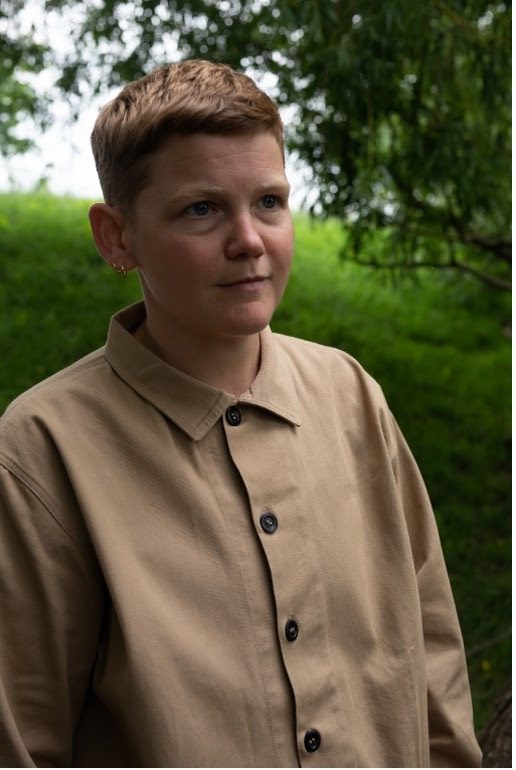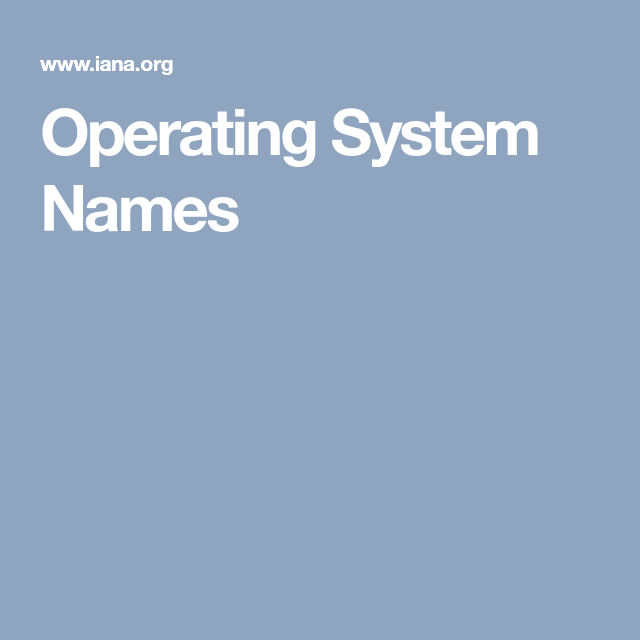Advanced Gene Editor: Precise Complete Gene Insertion

Table of Contents
CRISPR-Cas Systems for Precise Gene Insertion
CRISPR-Cas systems, derived from bacterial defense mechanisms, have become a cornerstone of modern gene editing. These systems utilize a guide RNA (gRNA) molecule to direct the Cas enzyme (like Cas9 or Cas12a) to a specific DNA sequence. Once there, the Cas enzyme creates a double-stranded break, initiating the cell's natural repair mechanisms. This is where precise complete gene insertion comes into play.
-
Advantages of CRISPR-Cas for gene insertion:
- High efficiency compared to older methods.
- Ability to target specific genomic locations with remarkable precision.
- Relatively simple to design and implement.
-
Limitations of CRISPR-Cas:
- Off-target effects (unintended edits at other genomic locations) can occur.
- Efficient delivery of the CRISPR-Cas system and donor DNA to target cells remains a challenge.
Successful applications of CRISPR-Cas for precise complete gene insertion in research include correcting genetic defects in animal models and inserting functional genes into cells for therapeutic purposes. The ongoing development of novel CRISPR-Cas variants and improved delivery methods is further enhancing the precision and efficiency of this powerful technology. Keywords like CRISPR-Cas9, CRISPR-Cas12a, gene targeting, and genome editing are central to understanding this advancement.
Homology-Directed Repair (HDR) and its Role in Precise Gene Insertion
Homology-directed repair (HDR) is a crucial cellular mechanism that plays a vital role in precise complete gene insertion. HDR utilizes a homologous DNA template (donor DNA) to accurately repair double-stranded breaks. This template contains the gene sequence to be inserted, and the cell's repair machinery uses it as a guide to flawlessly integrate the new genetic material into the target location.
-
The role of donor DNA templates in HDR: The donor DNA must share high sequence similarity with the target region to ensure accurate integration. This is often engineered to include the gene of interest, flanked by sequences homologous to the target site.
-
Optimization strategies to increase HDR efficiency: Techniques like using longer homology arms in the donor DNA, employing specific nuclease variants, and manipulating the cell cycle can improve HDR efficiency.
-
Challenges associated with HDR: HDR is generally less efficient than non-homologous end joining (NHEJ), another DNA repair pathway that often leads to imprecise insertions or deletions. This lower efficiency is a significant hurdle in achieving high rates of successful precise complete gene insertion. Keywords such as homology-directed repair, donor template, gene targeting vector, and homologous recombination are key concepts to grasp.
Advanced Delivery Methods for Precise Gene Insertion
The successful application of precise complete gene insertion techniques relies heavily on efficient delivery systems that can transport the editing components (e.g., CRISPR-Cas system, donor DNA) into the target cells. Several methods are being explored:
-
Viral vectors: Adeno-associated viruses (AAVs) are popular due to their safety profile and ability to target specific cell types. However, AAVs have packaging size limitations, which can restrict the size of the gene to be inserted.
-
Non-viral methods: Lipid nanoparticles (LNPs) are increasingly used for their versatility and relative ease of production. They can encapsulate larger DNA molecules compared to AAVs and offer the potential for targeted delivery to specific organs or tissues.
-
Physical methods: Electroporation, a method that uses electrical pulses to create transient pores in cell membranes, allows for direct delivery of the editing components. Other physical methods include microinjection and gene guns. Keywords such as gene delivery, viral vectors, non-viral delivery, AAV, lipid nanoparticles, and electroporation are essential to this process.
Applications of Precise Complete Gene Insertion
The potential applications of precise complete gene insertion are vast and transformative:
-
Gene therapy for genetic disorders: Correcting disease-causing mutations by inserting functional gene copies holds immense promise for treating genetic disorders like cystic fibrosis and sickle cell anemia.
-
Disease modeling in research: Precisely inserting disease-causing mutations into cells or animals allows researchers to create accurate models of human diseases, facilitating drug discovery and development.
-
Development of new therapeutic strategies: Precise complete gene insertion can be used to engineer cells to produce therapeutic proteins or to modify immune cells for cancer therapy.
-
Agricultural applications: Improving crop yields and nutritional value by introducing beneficial genes holds significant potential for enhancing food security. Keywords such as gene therapy, genetic disorders, disease modeling, agricultural biotechnology, and therapeutic applications summarize this section.
Conclusion: The Future of Precise Complete Gene Insertion
Precise complete gene insertion represents a major leap forward in gene editing technology. While challenges remain, particularly concerning delivery efficiency and off-target effects, ongoing research is continuously improving these techniques. The ability to precisely introduce entire genes opens doors to revolutionary therapies for genetic diseases, groundbreaking research tools, and significant advancements in agriculture and other fields. We encourage you to delve deeper into this exciting field and explore the wealth of research currently underway. Learn more about precise complete gene insertion and its potential to revolutionize medicine and beyond by exploring resources from leading research institutions and scientific publications [link to relevant resource 1], [link to relevant resource 2].

Featured Posts
-
 Self Titled Album Launch Kae Tempests Uk And European Tour Dates
May 30, 2025
Self Titled Album Launch Kae Tempests Uk And European Tour Dates
May 30, 2025 -
 Bad Bunny Preventa De Entradas Conciertos En Madrid Y Barcelona
May 30, 2025
Bad Bunny Preventa De Entradas Conciertos En Madrid Y Barcelona
May 30, 2025 -
 Kawasaki W175 Cafe Motor Klasik Modern Untuk Pecinta Gaya Retro
May 30, 2025
Kawasaki W175 Cafe Motor Klasik Modern Untuk Pecinta Gaya Retro
May 30, 2025 -
 Jon Jones Reveals Fight Injuries Sustained During Hasbulla Sparring
May 30, 2025
Jon Jones Reveals Fight Injuries Sustained During Hasbulla Sparring
May 30, 2025 -
 Report Apple To Overhaul Operating System Names
May 30, 2025
Report Apple To Overhaul Operating System Names
May 30, 2025
Latest Posts
-
 Griekspoor Stuns Zverev In Indian Wells Second Round
May 31, 2025
Griekspoor Stuns Zverev In Indian Wells Second Round
May 31, 2025 -
 Griekspoor Pulls Off Major Upset Against Zverev At Indian Wells
May 31, 2025
Griekspoor Pulls Off Major Upset Against Zverev At Indian Wells
May 31, 2025 -
 Zverev Loses To Griekspoor In Indian Wells Shock
May 31, 2025
Zverev Loses To Griekspoor In Indian Wells Shock
May 31, 2025 -
 Zverevs Road To The Munich Semifinals A Comeback Story
May 31, 2025
Zverevs Road To The Munich Semifinals A Comeback Story
May 31, 2025 -
 Tallon Griekspoor Defeats Alexander Zverev At Indian Wells
May 31, 2025
Tallon Griekspoor Defeats Alexander Zverev At Indian Wells
May 31, 2025
